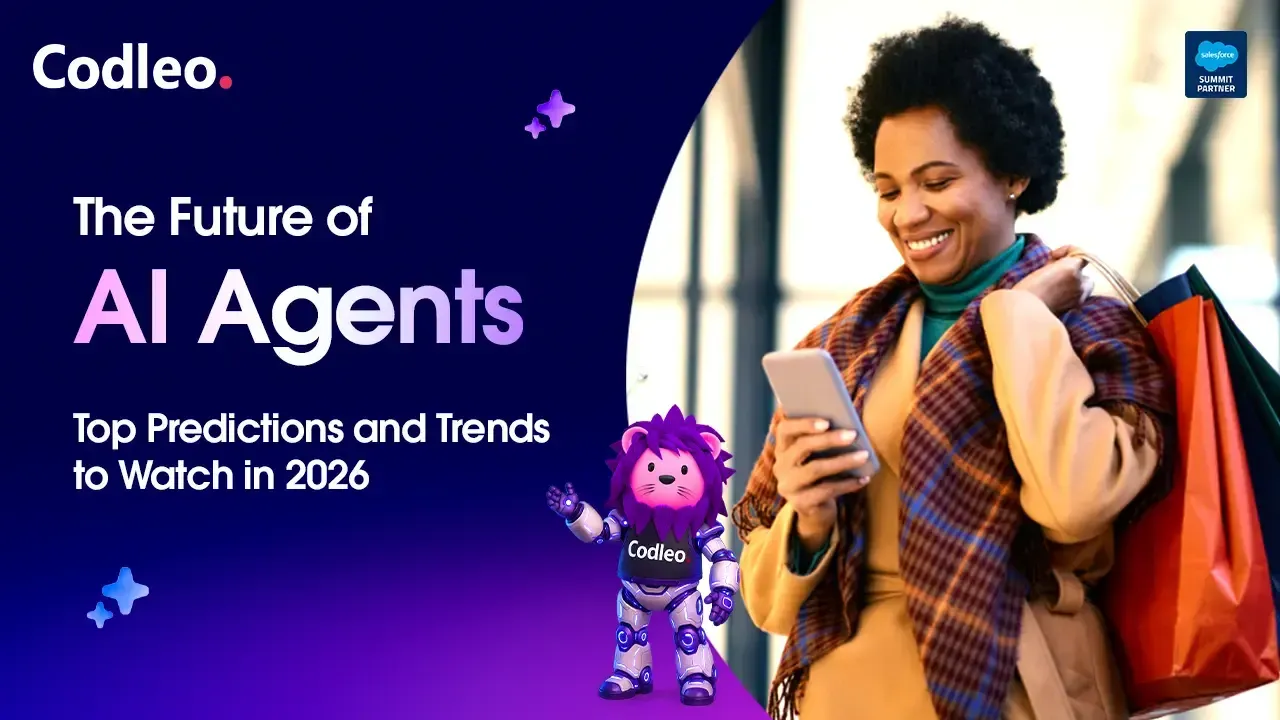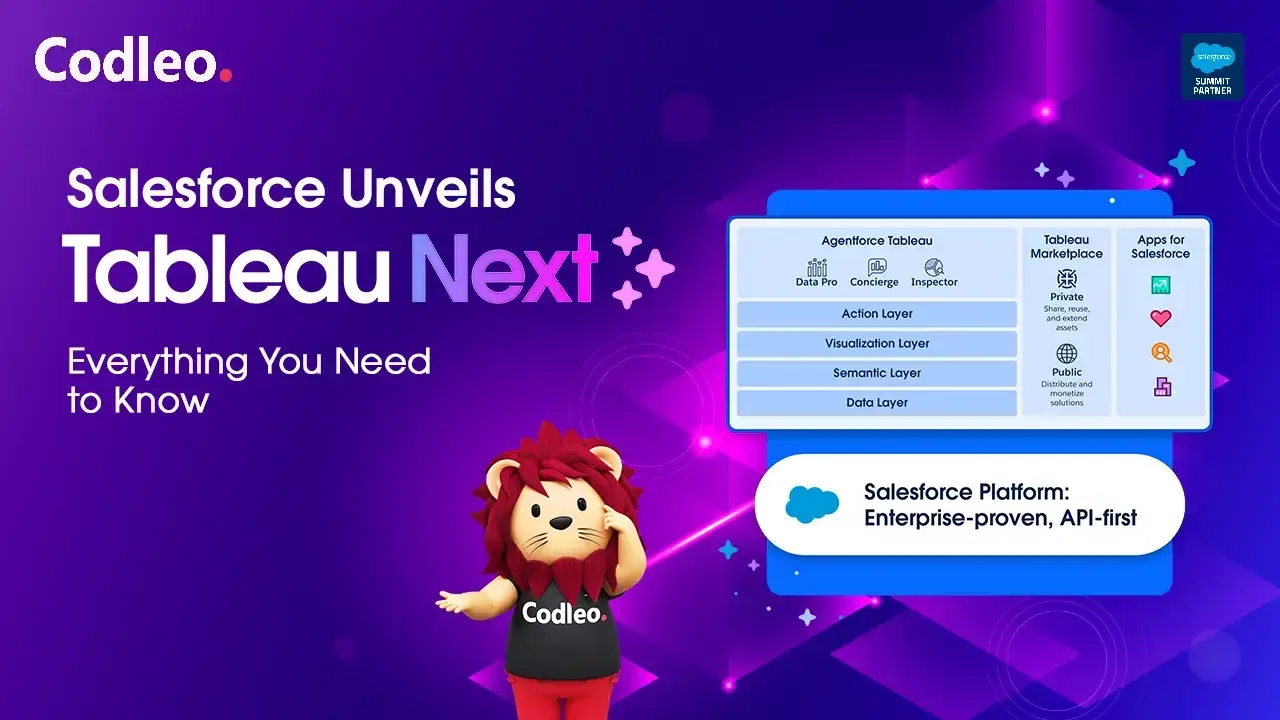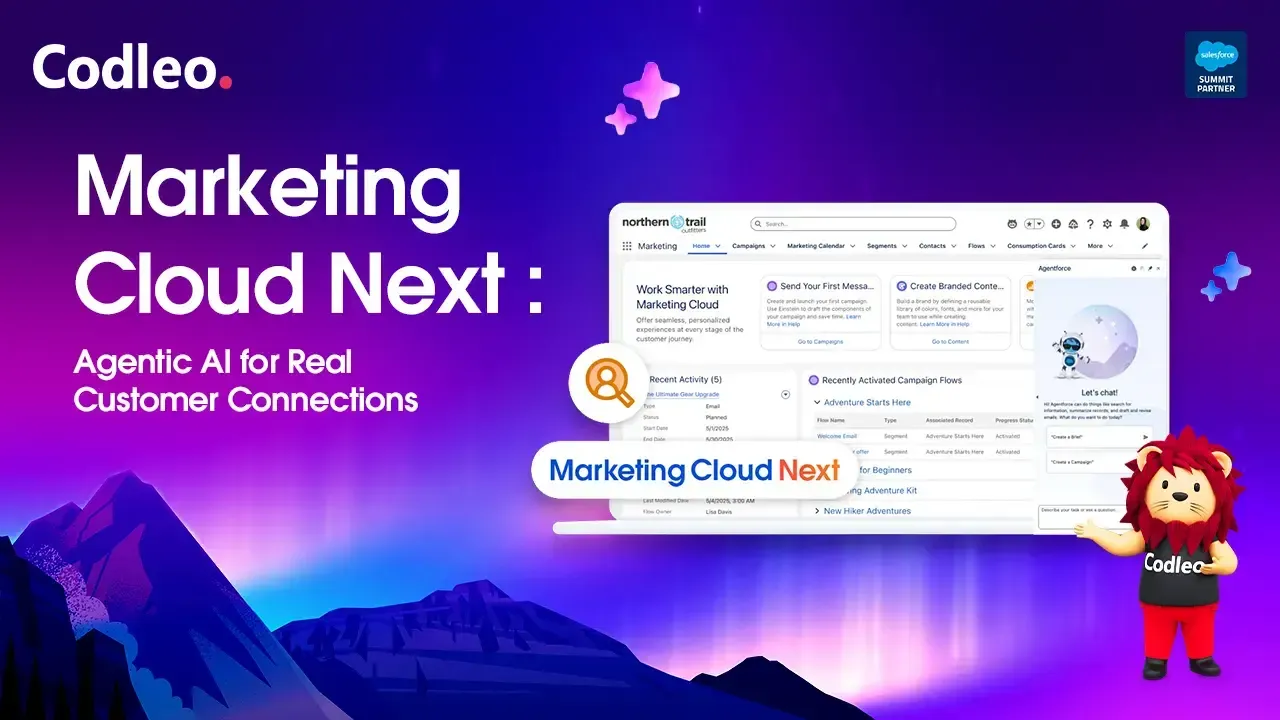Publish date:
"Excellent customer service is the number one job in any company! It is the personality of the company and the reason customers come back. Without customers there is no company!" - Quote by Connie Edler
Jerry Abraham was appointed as the Customer delight manager of a domestic carrier. On joining work, he realised much to his horror that the various departments were not linked in any way. This disconnect was playing havoc with customer satisfaction leading to a decline in the airline’s passenger share in the country. To bring order into the chaos, he proposed to the senior management to bring in a CRM tool (customer relationship management) which would be available for use to all the relevant departments. He pitched its urgency to up customer delight, revenue, tickets, and market share. The board was convinced and onboarded the world’s numero uno CRM tool across the length and breadth of the airlines and its office. Suddenly everyone was connected and could work in tandem. Gradually, Jerry’s efforts paid off and the airline made a turnaround in its fortunes. All thanks to CRM and its holistic view of clients, past and present.
 The masses of data received by a company from a variety of sources end up in silos of multiple departments. They remain there disconnected and disjointed. This crucial data if consolidated and available to all concerned departments would lead to strategic planning for the future. Alas. It doesn't happen always though Integration opportunity is big. Multiple surveys have shown that good CRMs lead to enhanced client satisfaction. To provide a wholesome experience, information needs to be joined between a wide selection of business applications, systems of record, and external sources. The idea is to empower employees with access to a single database for customer engagement.
The masses of data received by a company from a variety of sources end up in silos of multiple departments. They remain there disconnected and disjointed. This crucial data if consolidated and available to all concerned departments would lead to strategic planning for the future. Alas. It doesn't happen always though Integration opportunity is big. Multiple surveys have shown that good CRMs lead to enhanced client satisfaction. To provide a wholesome experience, information needs to be joined between a wide selection of business applications, systems of record, and external sources. The idea is to empower employees with access to a single database for customer engagement.
You can do this in three ways:
-
Buy all products from one maker / source so all tools and apps can be integrated in a seamless fashion and data used to drive the business force.
-
Writing custom codes to get two systems to integrate / communicate. However, It can be quite hasslesome as the web of code can crack with updates and new integrations.
-
Use application programming interfaces (APIs) to let an application connect to and use data from another app.
With data integrated, there is a unified view (360 degrees) of the customer lifecycle. Everyone has access to the same data and can work together.















